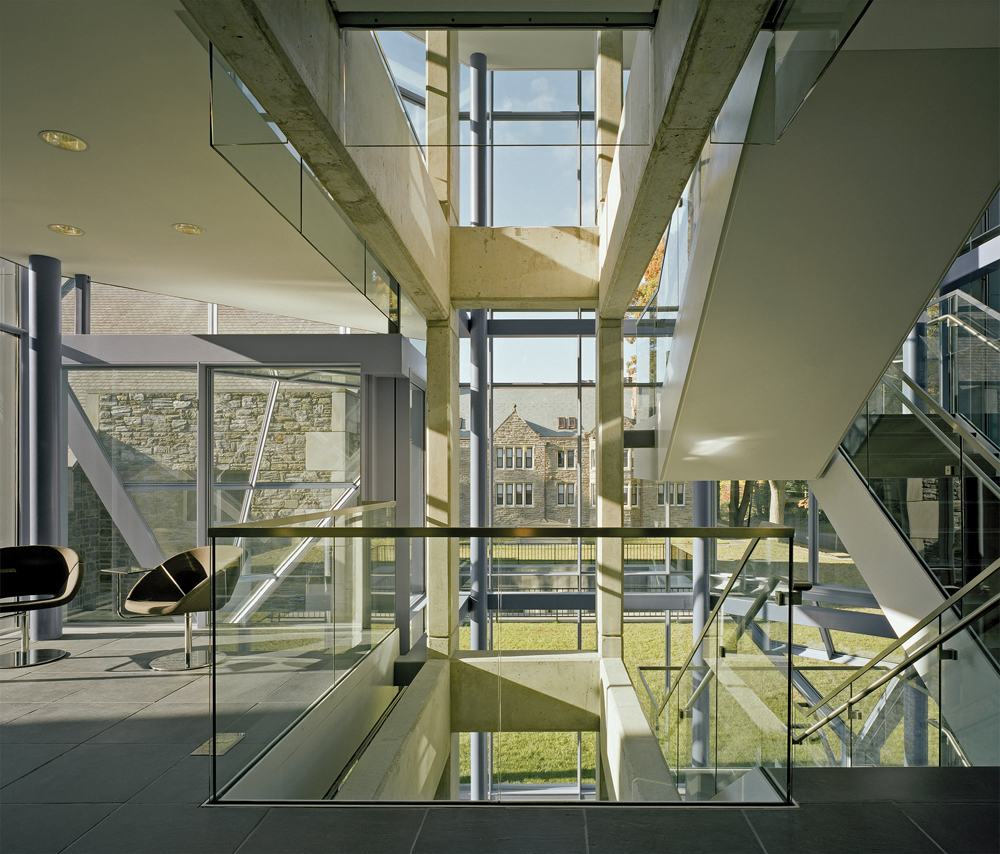Thanks to today’s high-performance fenestration products and systems, well-designed and properly installed window retrofits deliver predictable and calculable operations benefits.
However, Building Teams must focus on a number of key decisions in order to arrive at the optimal solution: Repair the windows in place? Remove and refurbish them? Opt for full replacement? Which types of materials and window profiles and styles are best suited for a retrofit application? How do aesthetics factor into the equation?
Drawing from years of experience, a select group of expert organizations and Building Team leaders, including architects and contractors, share insights that have helped sorting out these issues on recent major projects.
After reading this article, you should be able to:
• Describe the assessment considerations for replacing or repairing existing fenestration systems, with particular attention to occupant health and comfort.
• Explain the relative benefits and tradeoffs, including energy savings and indoor environmental quality, of material specifications for replacement window and door products.
• List three or more requirements for evaluating replacement windows, doors, and other fenestration, depending on the historical styles or aesthetic criteria of the subject building.
• Discuss the materials and systems attributes that affect a window system’s energy efficiency, including thermal bridging.
TAKE THIS FREE AIA/CES DISCOVERY COURSE AT BDCUNIVERSITY.COM
Related Stories
| Jun 18, 2014
Largest Passive House structure in the U.S. to be built in Oregon
Orchards at Orenco, a 57-unit affordable housing complex in Hillsboro, Oregon, is the first of a three-phase, three-building complex.
| Jun 18, 2014
SOM's twisting tower wins design competition for Sweden's tallest skyscraper
The skyscraper, which will reach 230 meters and is named Polstjärnan, or "The Pole Star," is to be built in Gothenburg, Sweden.
| Jun 18, 2014
Study shows walkable urbanism has positive economic impact
Walkable communities have a higher GDP, greater wealth, and higher percentages of college grads, according to a new study by George Washington University.
| Jun 18, 2014
Ware Malcomb names Sorensen Engineering Regional Manager
New hire will oversee firm's civil engineering practice in Los Angeles, San Diego, and Irvine.
| Jun 18, 2014
JLG Architects hires 31 to keep up with 'shale gale' work
Construction boom fueled by 'shale gale' brings rapid growth to North Dakota firm.
| Jun 18, 2014
Arup uses 3D printing to fabricate one-of-a-kind structural steel components
The firm's research shows that 3D printing has the potential to reduce costs, cut waste, and slash the carbon footprint of the construction sector.
| Jun 18, 2014
Architecture Billings Index shows increase in design activity
The American Institute of Architects reported that the May ABI score was 52.6, up sharply from a mark of 49.6 in April. This score reflects an increase in design activity.
| Jun 17, 2014
Must see: If music were architecture in 27 illustrations
From Miles Davis to Björk to Manu Chao to Bach, Babina visualizes how these sounds will look like if they were visible in the form of architecture.
| Jun 17, 2014
Nation's largest Thai Buddhist temple opens near Boston
The $60 million facility built in honor of King Rama IX of Thailand is the largest Thai Buddhist temple outside of Thailand.
| Jun 17, 2014
U.S. Census report examines why Americans move
According to the U.S. Census Bureau, 35.9 million people moved between 2012 and 2013, meaning that 11.7% of the U.S. population moved in one year. The report seeks to examine why.
















